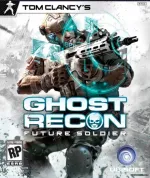Our extra-large special edition is here. Subscribe today and receive the 25% longer issue at no extra cost!
Ghost Recon: Future Soldier Review
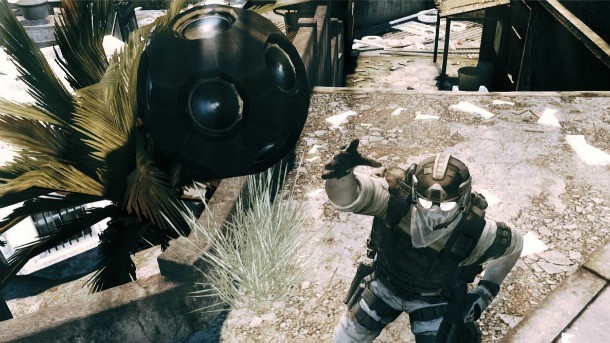
A lot has changed since the Ghosts’ last tour of duty. In the five years since Advanced Warfighter 2 shipped, Battlefield has entrenched itself as a major contender in the console space and Call of Duty took over the world. The Ghosts have a lot of catching up to do to stay relevant in the hyper-competitive military shooter genre, but after a troubled development and several delays, this Future Soldier looks more like a military game of the past.
The Future Soldier campaign, which focuses on the Ghosts’ attempt to thwart a Russian coup, succeeds when it sticks to the tactical approach of its predecessors. The game is at its best when you treat the micro sandboxes like puzzles, keeping your squad camouflaged and picking off unaware enemies in groups of four using the innovative Sync Shot mechanic without alerting other targets. Your teammate AI is sharp enough to move without being spotted, and they wisely call out enemy positions as they see them, so there is no disadvantage to playing through the campaign by yourself. You can also play through it with three friends, but I recommend increasing the difficulty.
With several high-tech gadgets like active camouflage, drones, and a remote-controlled robot armed to the teeth with an unlimited supply of missiles, churning through these enemies is much easier than it was even in the Advanced Warfighter games. Sneaking through enemy encampments like the Predator, using drones to mark tango positions, and lining up simultaneous kill shots is empowering to the point of being overpowering. The technology makes the early missions easy, but the battles even out later in the game when a Russian Special Forces team uses similar gadgets and disrupts your technological advantage with EMP blasts.
Ubisoft occasionally diverts from sandbox levels to mix up the action, but the majority of these sequences falter due to their overreliance on genre clichés like corridor-based level designs and mandatory gun turret sequences. I’d rather spend my time trying to master the micro sandbox puzzles than performing Rainbow Six-style breaches, VIP escort, and stealth follow missions. One sequence even leaves your Ghost team behind as you tackle a Medal of Honor-style infiltration job. These missions betray what makes Ghost Recon unique and ultimately feel like a step backward in game design.
Future Soldier also looks aged. Ubisoft seemed to channel all the graphical horsepower into creating particle effects like sandstorms and smoke. While they look impressive in certain scenarios, the ugly textures, pop-up, and cardboard cutout grass that pierces straight through your prone soldier are much more prevalent and break the sense of immersion. Held up against the high graphical benchmarks of the genre, Ghost Recon looks technologically malnourished. The invasive HUD also mars the sensory experience. Having your ammo count, teammate positions, enemy positions, ammo crate locations, objective location, and data about your current location all on the screen at once is information overload.
The third-person control scheme, while adequate, could also use refinement. Rather than streamline the controls, Ubisoft chose to preserve the awkward zoom system from the previous games. Holding the left trigger gives you a third-person zoom, and pressing R3 provides a first-person ironsights view. Having to click the R3 button to go in and out of ironsights is cumbersome and gets you in trouble, especially during frantic multiplayer firefights. The stickiness of cover is also inconsistent, and I found it tough to aim around the corners of cover objects.
Multiplayer has always been a big draw for the Tom Clancy shooters, and Future Soldier preserves that legacy with a robust suite featuring five competitive game modes, class-based progression systems, highly customizable weapons, and a Horde-like mode called Guerrilla. Most of the modes are boilerplate, but I enjoyed Conflict mode, a timed competition that rotates the location of objectives throughout the map.
The point system smartly awards players for working together, but the clunky user interface and unrefined controls may turn off shooter aficionados. Thanks to poor design, navigating the menus to unlock new gear takes longer than you have in between matches, and Ubisoft doesn’t let you customize matches as in past Ghost Recon titles.
Tom Clancy shooters have always drawn in military enthusiasts, but after a five-year hiatus Ghost Recon: Future Soldier is facing a much different battlefield. The co-op and competitive multiplayer offer adequate experiences, but the aged graphics, unrefined controls, and cliché-ridden campaign betray the Future Soldier premise and compromise the game’s ability to compete with more technologically refined shooters.
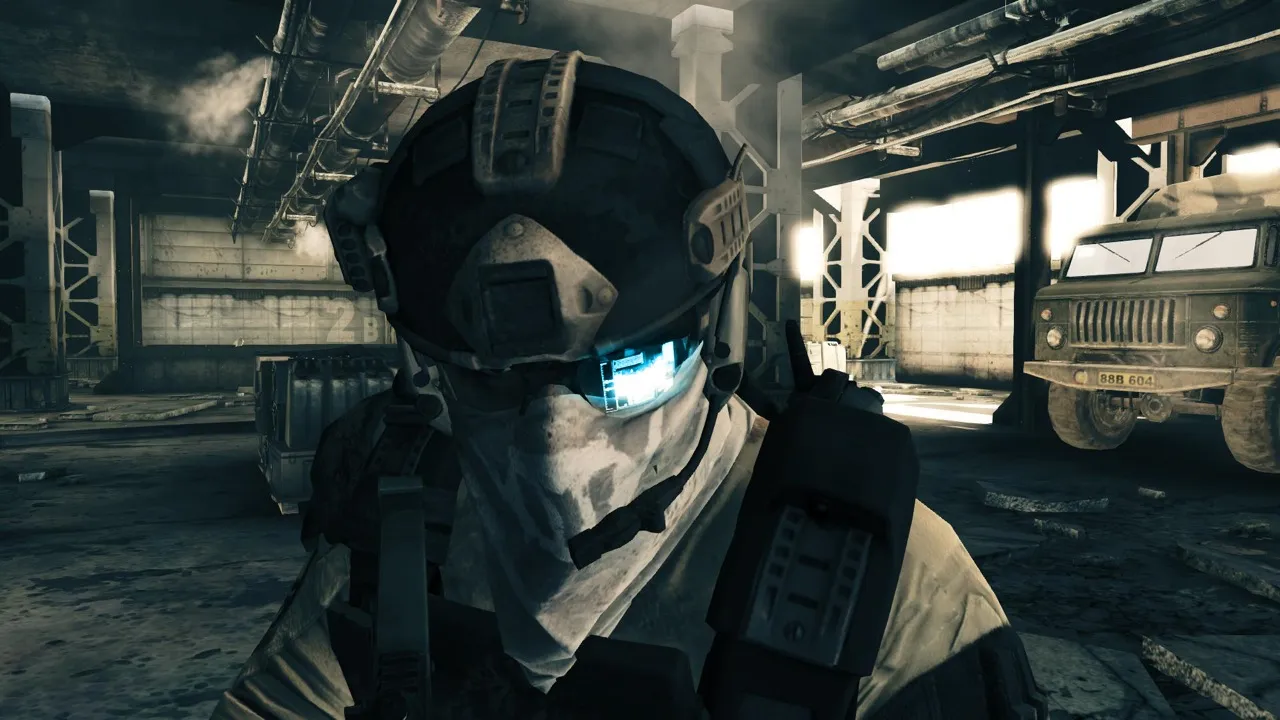
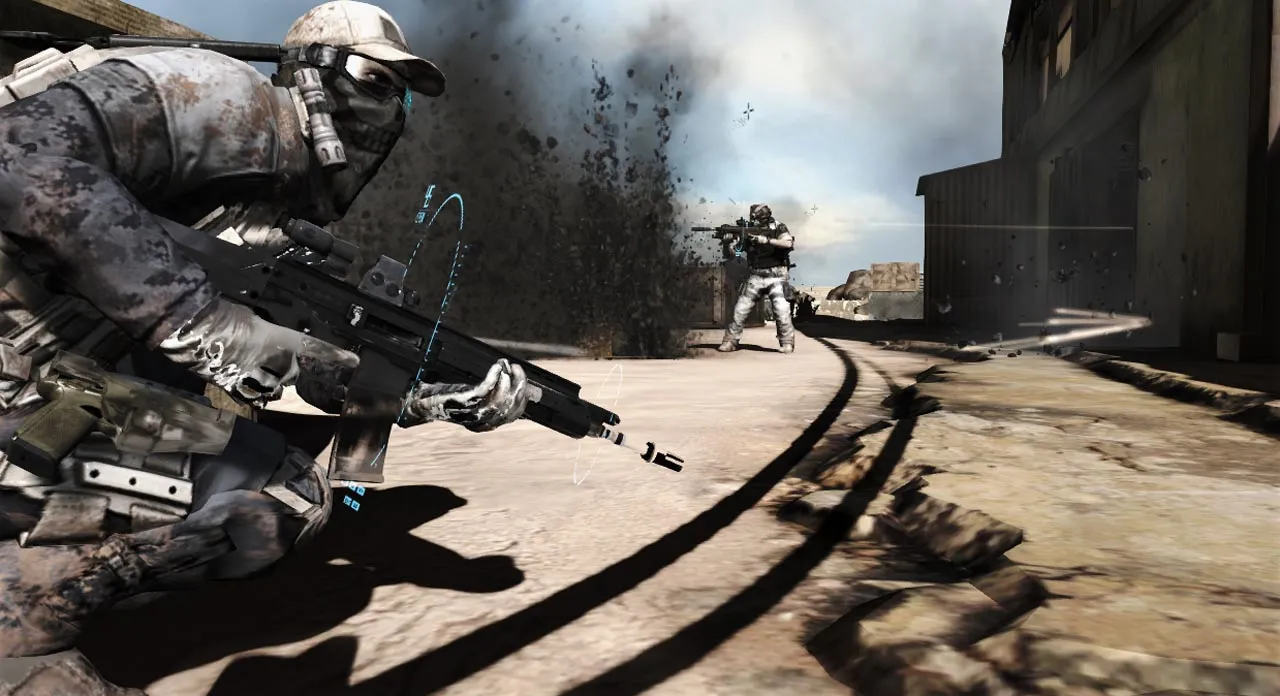
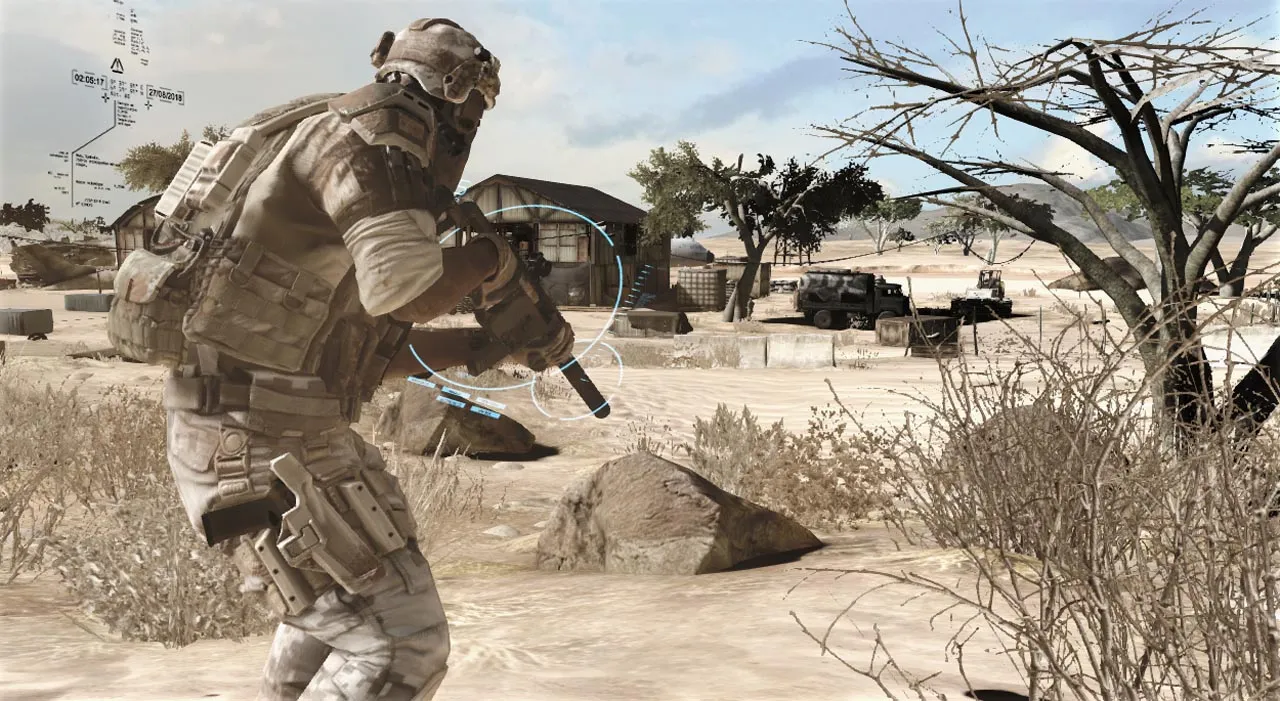
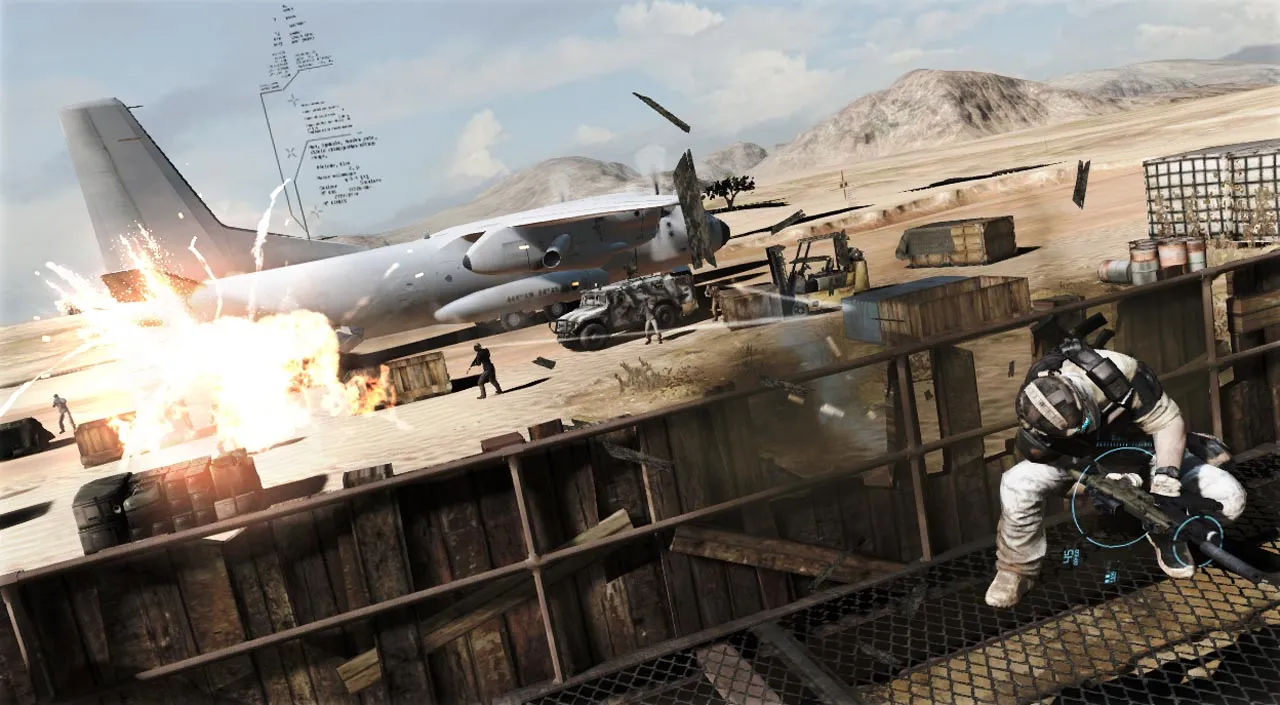
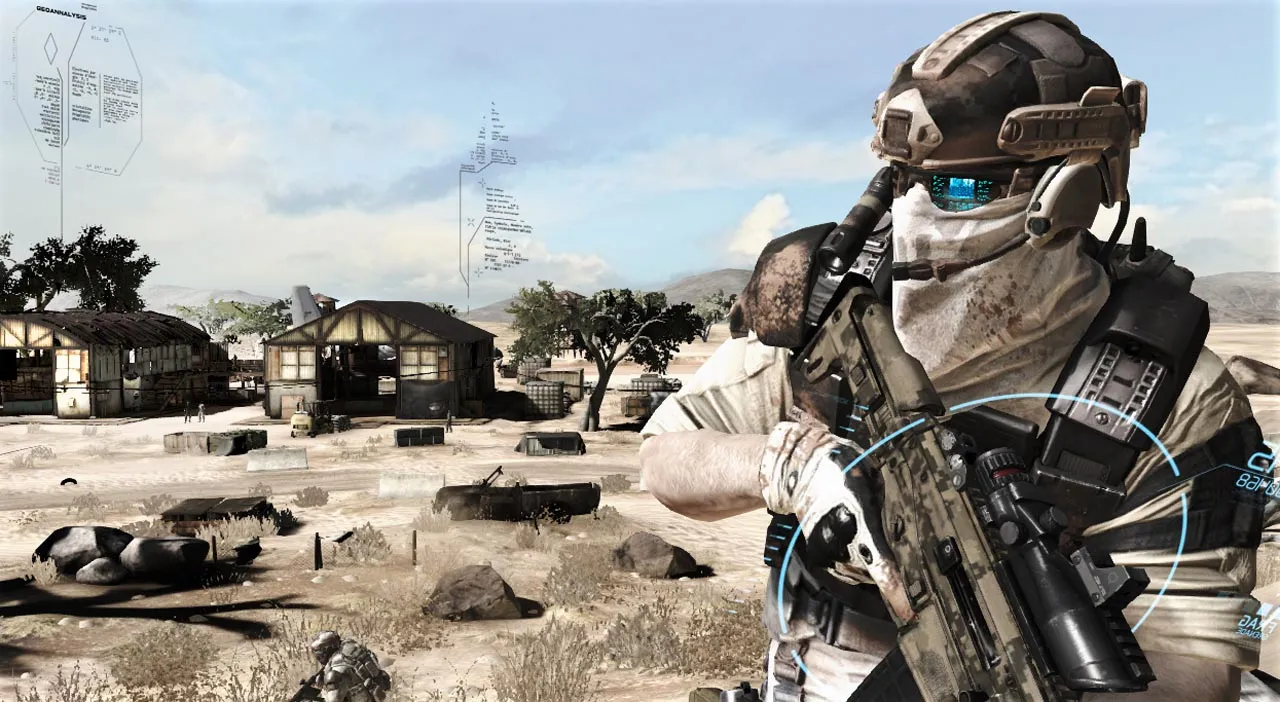
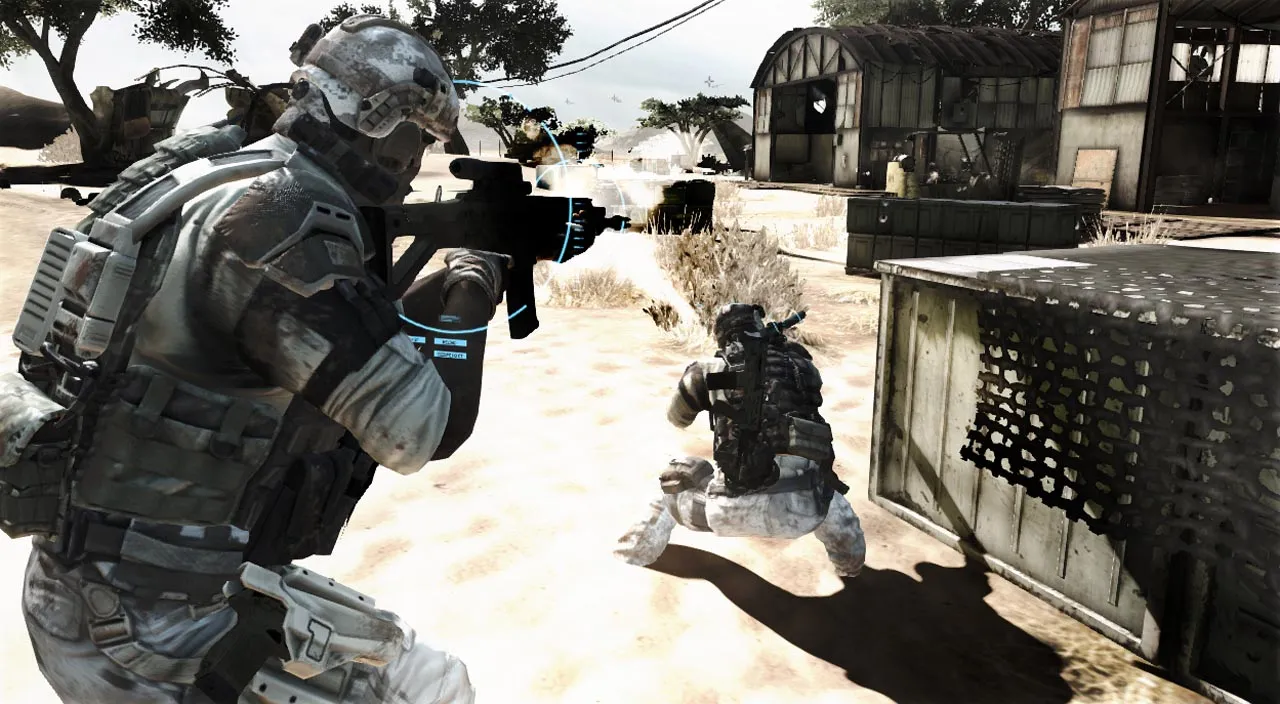
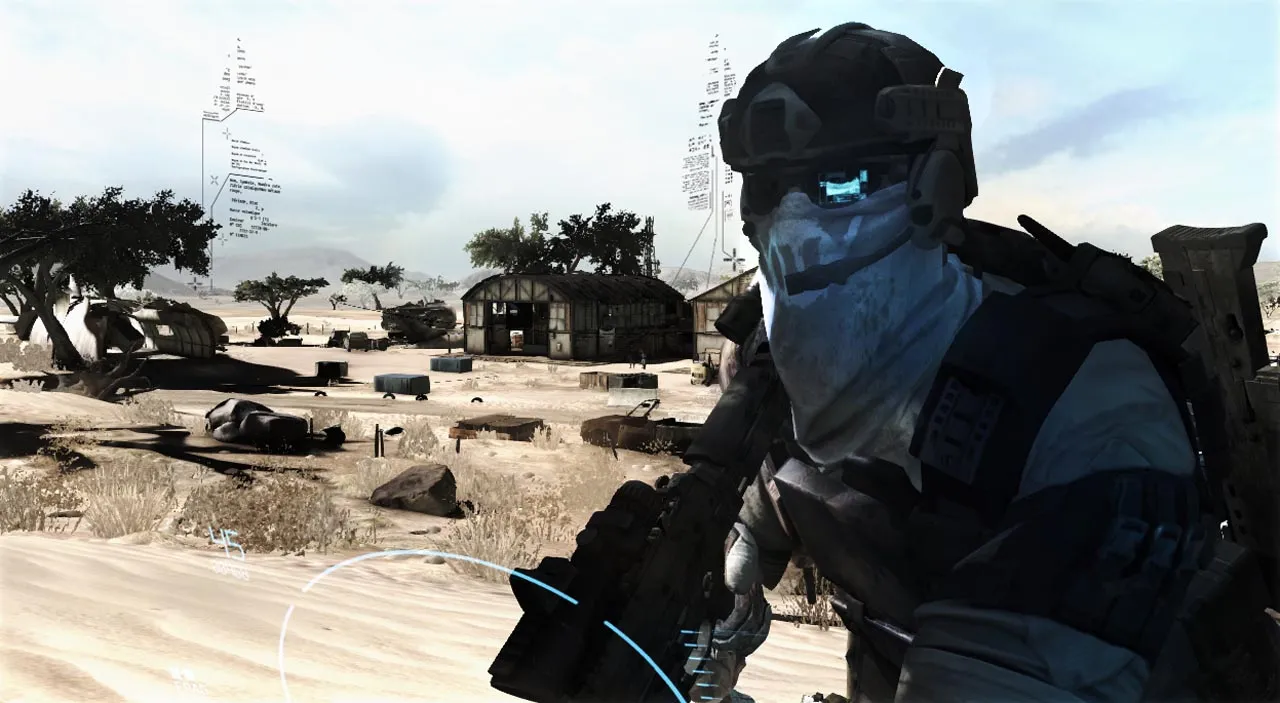
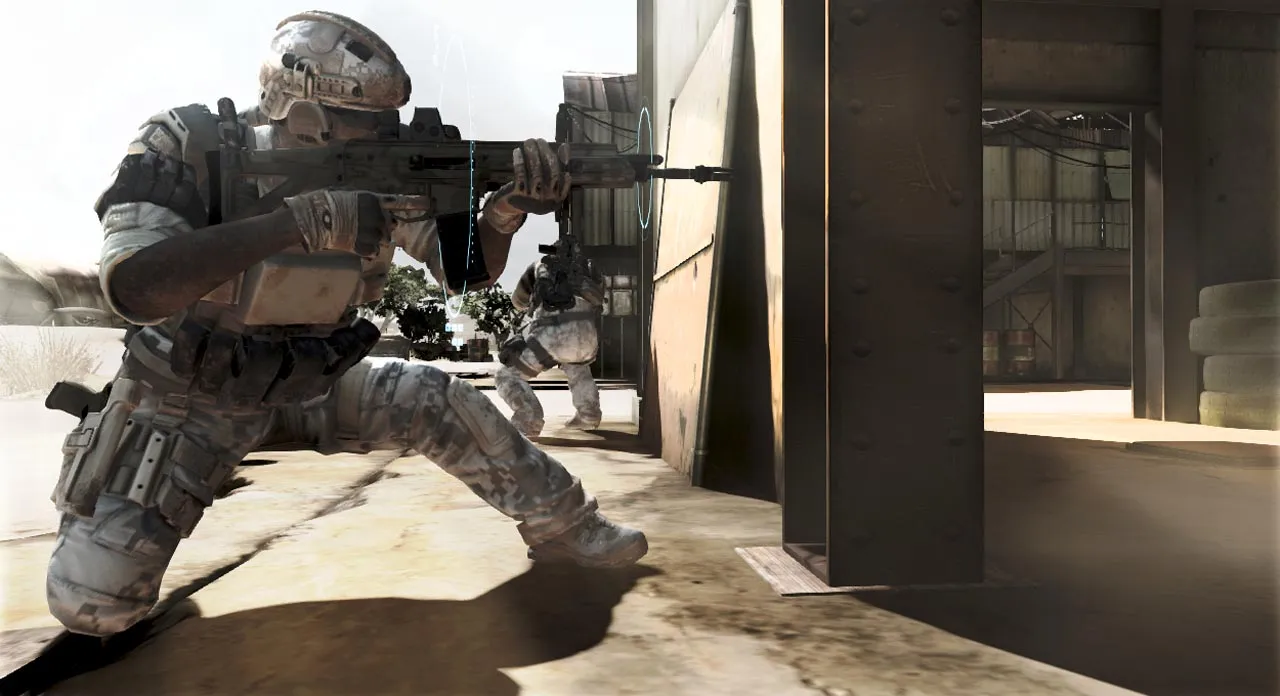
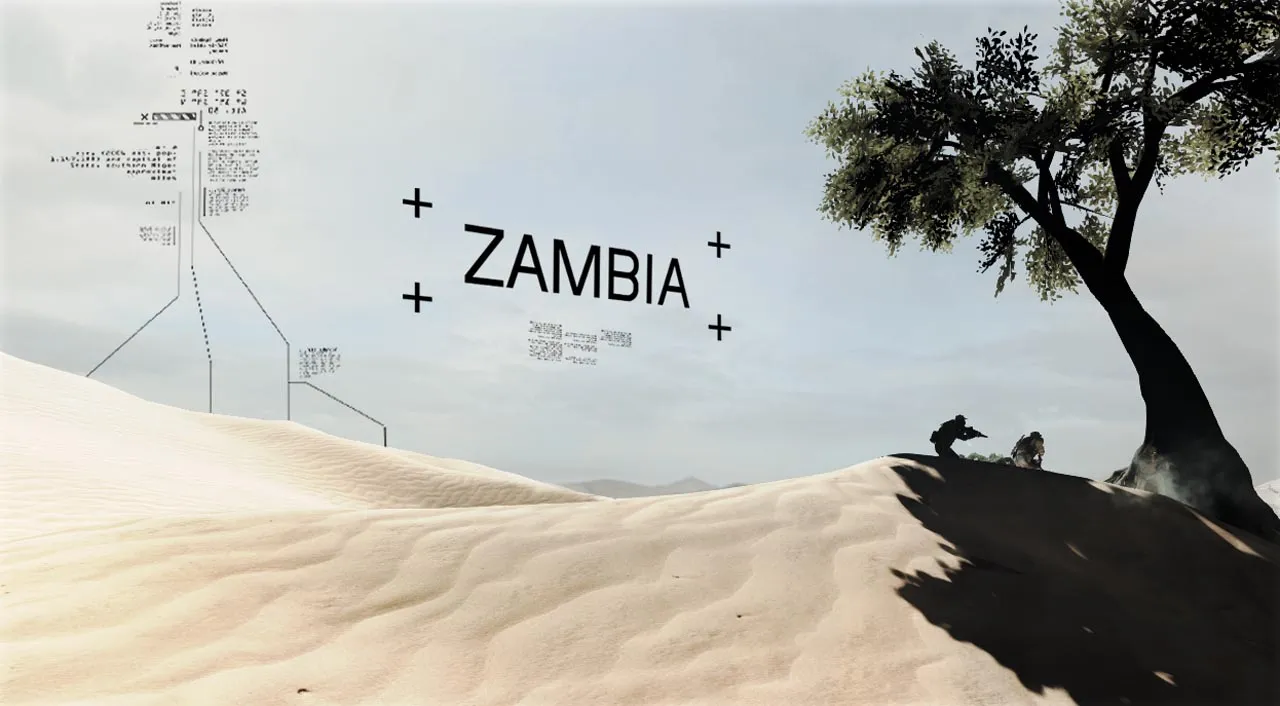

Get the Game Informer Print Edition!
Explore your favorite games in premium print format, delivered to your door.
- 10 issues per year
- Only $4.80 per issue
- Full digital magazine archive access
- Since 1991
